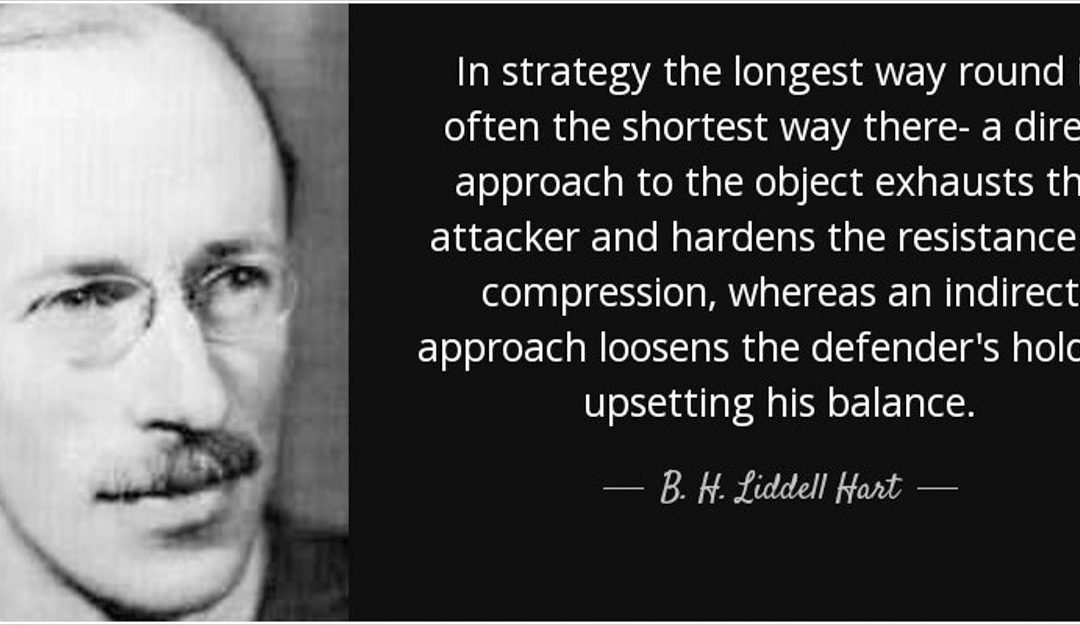Some 15 years ago I was consulting to a major account sales team who were selling to a large multi-national ($100Bn+). They were a relatively minor supplier to this customer. The incumbent supplier had over 80% of the spend. This comparative split had existed for over 10 years and didn’t appear to be changing any time soon.
There’s an old saying that a sign of madness is repeating the same action over and over and expecting a different result. Since the team were clearly not lunatics we concluded that a new strategy needed to be developed. One that would flip the business split. So we conducted a macro analysis, removed all constraints from our thinking, especially about what we could or couldn’t contemplate regarding the relationship with the customer. Soon we identified very significant potential value that out company held for the multi-national – but with an entirely different division who had zero use for our solutions. They could derive major incremental value from our customer base – if we helped them.
We made some estimates about the respective values to each company – if we could win the business we wanted, we could gain over $100m. For them, the potential was more than 20x that. Critically, they would take share from one of their major competitors.
On paper it would seem that that is a win-win opportunity, and it was. But the challenge was that the part of our customer who would need to buy from us would see little of the value that their related division would realize So there seemed to be a major problem. A major part of the problem was that there were two parties inside the customer who needed to collaborate and two parties inside of our company that also needed to collaborate to bring this evolving idea to fruition.
So the sales team needed to answer some basic questions:
1). Where did our organization come together from an organizational and power perspective?
2). What challenges did we anticipate internally and how would we overcome them?
3). Where did their organization come together from an organizational and power perspective?
4). What challenges did they anticipate internally and how would they overcome them?
5). How would this project satisfy the personal motivation of the individuals at these two convergent points?
6). How material would the concept be for each organization – the business motivation to act?
7). Who would coordinate and navigate the development of the concept from each side – someone with enough influence and motivation to get things done?
8). How could urgency be developed – to remove our competitor’s (the incumbent) opportunity to respond?
By consciously breaking down the tasks and building an executing a plan for each, a completely new business relationship was developed. One that marginalized the incumbent. We became a strategic partner. Over a three-year period more than $250m of our solutions were sold to our customer and over the same period they made significant inroads against their competitors with our customers.
This is an example of where superior strategy, as it usually does, negates a competitors current tactical advantage.

